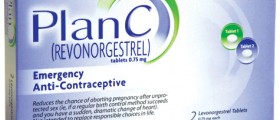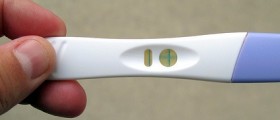
Condoms are seen by many as a very effective form of contraception with the major advantage being that they prevent the spread of sexually transmitted diseases as well. Yet, women whose partners used a condom were shown to have a 16 percent chance of conceiving anyway every year. This is compared to only five percent of those who took the morning after pill every time they had unprotected sex. Both methods were still less effective than long-term birth control methods like the pill and Mirena coil. I'm still wondering how many women this five percent figured was based on, and how often (and when in their cycle) they actually had sex. Also, did the 16 percent who used condoms use them properly? Did the condom break?
The second interesting bit of news for women interested in birth control is that Levonorgestrel, the main ingredient in morning after pills, could be safely used as part of a regular birth control pill, according to researchers who published their findings in Obstetrics and Gynecology. Taking half the dose of Levonorgestrel stopped ovulation effectively, even though many women experienced changes in their cycle, including irregular bleeding. It was said that some women in Asia and Africa already used this as a regular contraceptive method, though data on how many and how effective this is is not yet available.















Your thoughts on this
Loading...